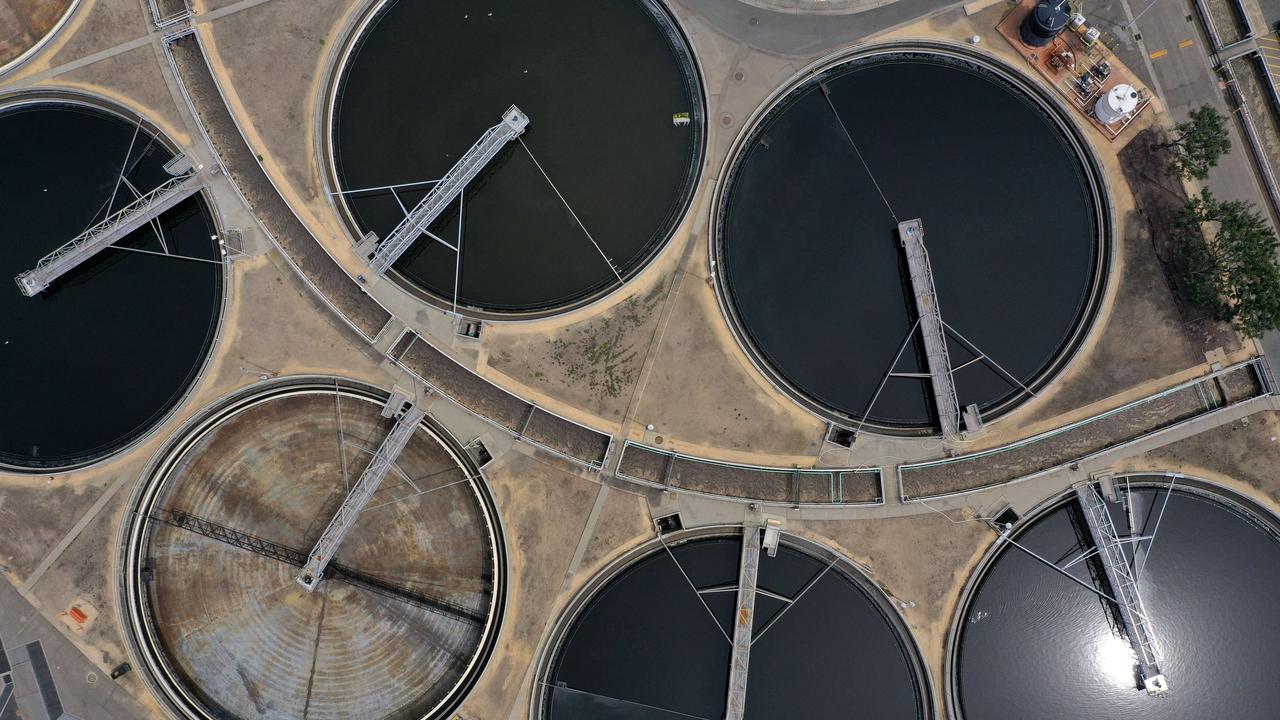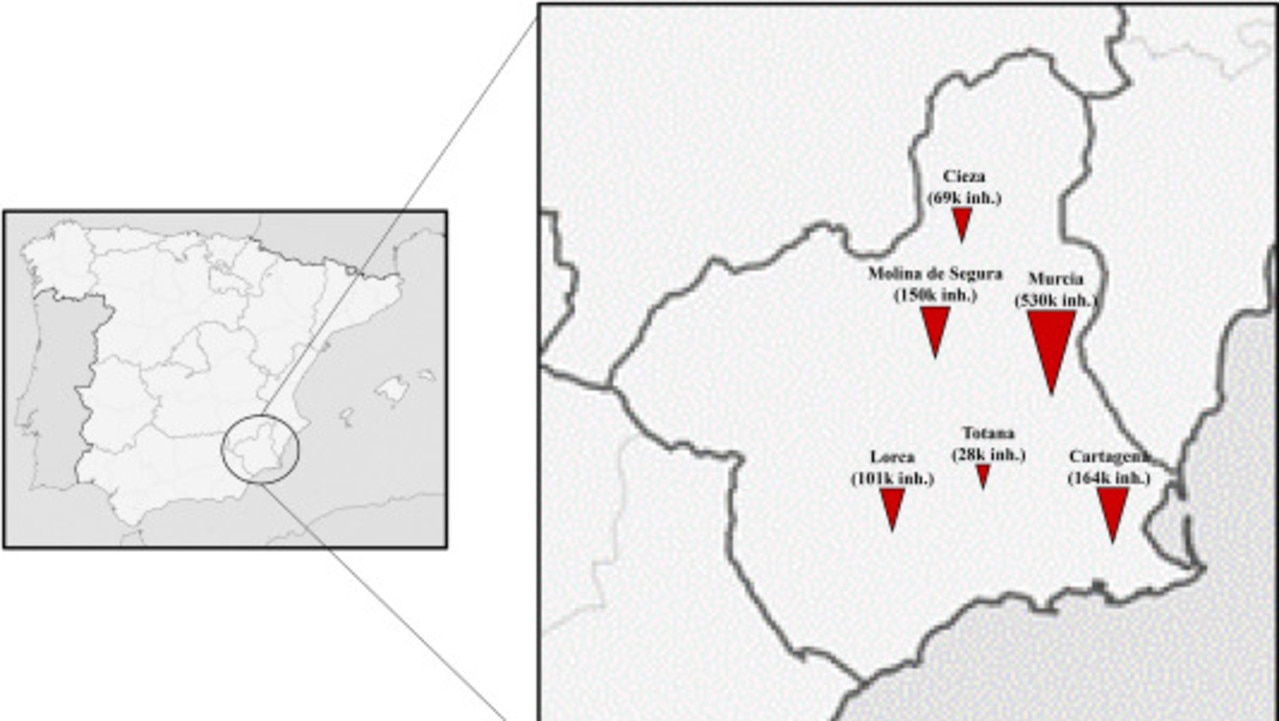Coronavirus: Sewage testing for virus genome could save us, Spanish researchers find
This somewhat smelly way of testing for coronavirus could give weeks of warning before the COVID-19 situation turns dire.
While human faeces is something that most people turn their noses up at, having a nose around in it could be the key to stopping coronavirus in its tracks and being confident that lifting lockdowns will work.
The report, published on ScienceDirect, says testing sewage water is an effective way to detect traces of coronavirus in the population.
In the city of Murcia, Spain, researchers discovered the coronavirus genome in sewage 16 days before the first confirmed case.
The report’s authors, from the University of Valencia, estimated if testing was applied elsewhere authorities would be able to find traces of COVID-19 in poo “weeks before the first confirmed” case was declared in that area.
This could be a huge help to stopping the exponential phase of the epidemic, according to the report.
RELATED: Follow our live coronavirus updates here
RELATED: China might be about to boycott this key Aussie industry

“Of note, positive wastewater samples were detected 12–16 days before COVID-19 cases were declared in Lorca, Cieza and Totana municipalities (in Spain),” the report said.
“The early detection of SARS-CoV-2 RNA in wastewater could have alerted (governments) about the imminent danger, giving time to the managers to co-ordinate and implement actions to slow the spread of the disease.”
On the flip side, sewage water testing could also help nations recognise when it is time to start easing restrictions.
“We believe that this environmental surveillance could be used as an instrument to drive the right decisions to reduce the risk of lifting restrictions too early,” the report confirmed.
Researchers collected 42 poo samples from six wastewater treatments plants in the Murcia region, Spain, between March 12 and April 14.
This area had the lowest COVID-19 prevalence within the Iberian Peninsula, and researchers found that this low rate was reflected in the population’s faeces.

The report detailed the exact and gross way in which testing was carried out.
Researchers collected 500–1000 ml of waste water in plastic containers. They then placed the containers in ice, keeping them refrigerated at 4C.
Samples also had to undergo a brisk shake up. They were placed in tubes and shaken rapidly at a speed of 150 revolutions per minute, for ten minutes.
Researchers acknowledged that throat swabs were best for identifying individual cases.
However, when it comes to looking at the population holistically, sewage testing is highly beneficial.
“Massive population tests are the first choice, but in their absence, wastewater monitorisation of SARS-CoV-2 (COVID-19) can give a reliable picture of the current situation,” the report said.




